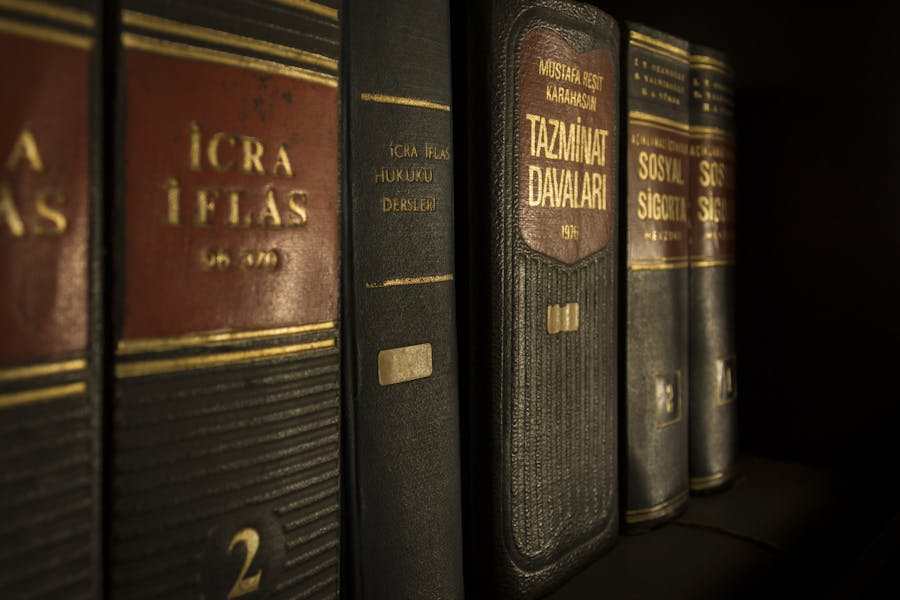
Step into the melodrama of high noon debacles, where the legal lassos and wrangling over who gets the homestead are as intense as the spaghetti western showdowns. We’re not talking about outlaw duels, however, but the family courts—a battleground for the brave hearts of child custody cases. If you dare to venture into the saloon of legislation and law, you must first understand the dynamic dance that is the legal framework of child custody.
If there’s child abuse or domestic abuse involved, victims advocate miami-dade county can help you out with the intricacies to get out of the situation.
Legal Framework Of Child Custody
In the vast prairies of family law, custody of the little ones is like choosing which side of the track to lay down your roots—a matter of utmost importance. Our tale begins with delineating physical and legal custody, joint and sole arrangements, and the gory details of visitation rights. It’s a showdown not for the faint of heart, for behind the legal Latin and jargon, the stakes are the family’s future.
But who truly holds the aces in this game? It’s not the quick-draw lawyers or the anxious parents—it’s those enigmatic and vulnerable figures wrapped in innocence. The courts, recognizing that children are not the spoils of war but the very heart of the matter, take a closer look at each card on the table.
Factors Influencing Custody Decisions
Picture it like a complex algorithm, where all the data points are your past, present, and potential parenting quality. The judges scrutinize the historical performance, present circumstances, and projected outcomes. Financial stability, emotional health, residential arrangements—the inputs are vast, and the output, the terms of custody, can reverberate through the family canyon like the sharp crack of a gavel.
But what happens when the algorithm tilts, when the input is a data point of contention between the players? The process morphs into a custody dispute. We shift from our Western allegory to a Shakespearean drama, where no dagger is sharper than an accusation, and no shield is sturdier than the truth.
Best Interests Of The Child
Tropes of “best interest” are thrown about, often with the gravitas of a religious commandment. But what does it indeed entail? It’s the guardian angel that oversees all. The custodians are prodded and poked under the curious lens of these interests—the child’s emotional, moral, developmental, and cognitive welfare.
The lens is tinted not with prejudice but with the wisdom of ages, recognizing each child’s unique textures and hues. Determining the child’s best interests is not a throw of the dice but a canvas upon which the judges paint the mosaic of the child’s future.
Considerations for Determining the Child’s Best Interests
Imagine the considerations as threads woven through a narrative quilt. Each one has a hue—educational continuity, the relationship between child and parent, and the child’s preference; they form patterns that either warmly swaddle or suffocate the child’s growth. But weaving this quilt isn’t without snags. The parents’ capacities, the proximity to extended family, and, crucially, the cause of the dissolution of the marriage—each can be a knot in the fabric, a point of contention in the courtly needlework.
Custody Disputes and Resolutions
When parents are at loggerheads, the court becomes the oracle upon which they cast their stones of contention, waiting for the pronouncement. But is conflict resolution as easy as the toss of a coin? Hardly. It is an intricate dance of negotiation, mediation, and, when necessary, a duel of attorney minds in the judicial Colosseum.
Common Issues Leading To Disputes
From relocation battles to the minefields of parental alienation, custody disputes manifest in a thousand forms. The legal landscape is not challenged as much as the personnel is pressed into service in the child’s residence and rearing litigation.
The battleground moves from the court of public opinion to the intimate chambers of the child’s life. Here, decisions are not greeted with applause or disdain but with the silent solemnity of future chapters written and unwritten.
Mediation and Legal Processes for Resolving Custody Conflicts
When the legal manifestation of parental conflict threatens to eclipse the child’s life, mediation steps into the arena like a sheriff keen on keeping the peace. The process is less about gun-slinging and more about hand-shaking, where adversaries, through the guidance of a neutral third party, work out their differences.
But when mediation falls short, legal processes—the very bedrock of justice—span from hearings to a full trial. It’s a process that navigates the treacherous waters of emotional testimonies, legal strategies, and expert opinions—a process that, like a hawksbill turtle, leaves no stone unturned in the search for the best outcome for the young voyager caught in their undertow.
Impact on Parents and Children
When the dust settles and the legal verdict is rendered, it isn’t only the child’s custody that is altered; it is the very configuration of the family. The parents, now in the throes of shared custody logistics, must adapt or dissolve under the duress of the legal decree.
The emotional toll is laid bare; for children, the seismic shifts in life can be traumatic, akin to tornados ripping through the landscape of familiarity. For parents, the rollercoaster of grief, confusion, and determination is a road laden with invisible obstacles.





